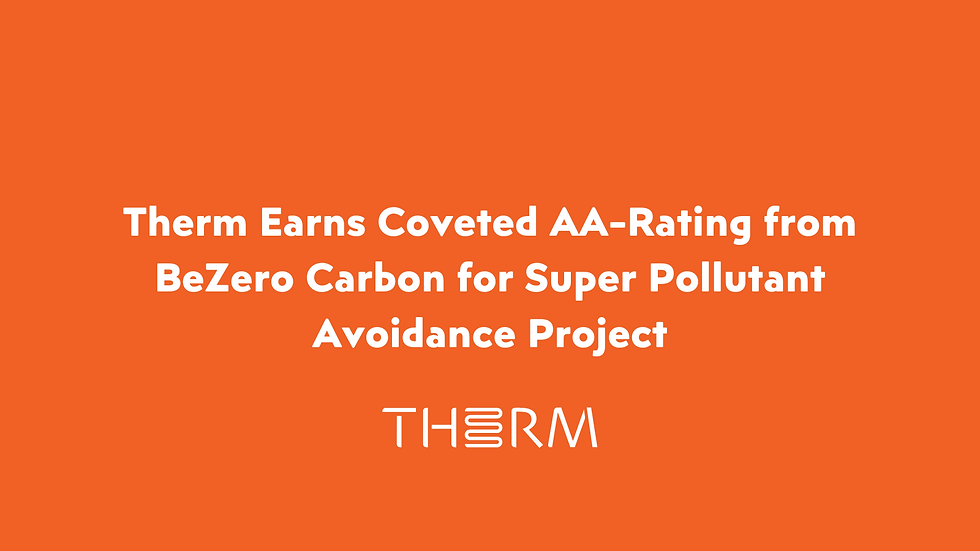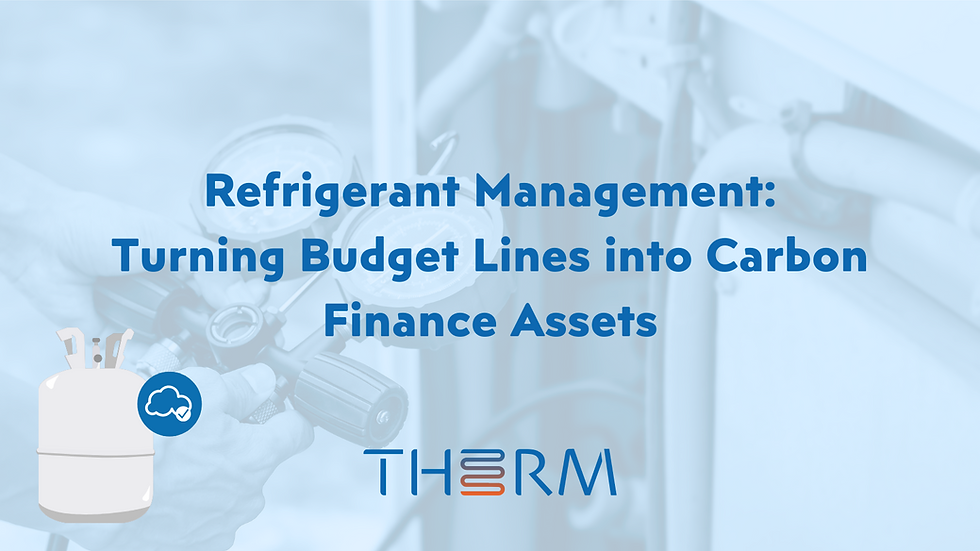Five Things to Know About the July 2023 EPA Phasedown Ruling
- Fritz Troller
- Jul 12, 2023
- 2 min read
The U.S. Environmental Protection Agency (EPA) has taken a significant step in combating climate change by announcing a final rule to reduce the use of hydrofluorocarbons (HFCs). HFCs are potent greenhouse gases commonly found in refrigeration, air conditioning, aerosols, and foam products. This new rule aligns with the bipartisan American Innovation and Manufacturing (AIM) Act, aiming to reduce HFC production and consumption by 85% by 2036. Let's explore the top five takeaways for businesses and stakeholders following this announcement.
1. Phasedown Targets
The final rule sets a 40% reduction below historic HFC levels from 2024 through 2028. This follows the successful implementation of a 10% phasedown in 2022 and 2023. The EPA's actions align with the goals of the AIM Act and contribute to the global effort to limit global warming by up to 0.5 °C by 2100.
2. Regulatory Certainty
The final rule establishes an allowance methodology to provide regulatory certainty to industry and stakeholders. This approach ensures efficient implementation under the ongoing phasedown and offers clarity for businesses in planning their transitions to alternative chemicals and equipment.
3. U.S. Leadership
The action solidifies the United States' commitment to leading the global fight against climate change. By phasing down HFCs, the EPA aims to strengthen both environmental sustainability and global competitiveness. The decision has also fostered collaboration with American manufacturers to develop next-generation technologies and capitalize on the growing global market for HFC alternatives.
4. Bipartisan Support
The EPA's action has received bipartisan support, demonstrating a united effort to address climate change. U.S. Senator Tom Carper, Chairman of the Senate Environment and Public Works Committee, highlights the importance of reducing HFCs for climate mitigation and domestic manufacturing growth. Congressman Paul Tonko, an original co-author of the AIM Act, stresses the opportunity to spur economic growth, protect consumers, and position U.S. manufacturers as leaders in the clean energy economy.
5. Industry Cooperation
Industry organizations, such as the Alliance for Responsible Atmospheric Policy and the Air-Conditioning, Heating, and Refrigeration Institute (AHRI), acknowledge the EPA's efforts and appreciate the timely issuance of the HFC allowance rule. These organizations recognize the role of the phasedown in achieving the efficient global reduction of HFCs and facilitating a smooth transition to low-global warming potential chemicals and user technologies.
Overall, the EPA's announcement of a final rule to reduce HFCs marks an important milestone in the climate fight. By phasing down HFC production and consumption, this rule will help limit global warming by up to 0.5 °C by 2100, enabling businesses and stakeholders to transition smoothly to alternative chemicals and equipment while providing regulatory certainty.
Still have questions about what this ruling means for you?
Reach out directly at info@therm.cool




